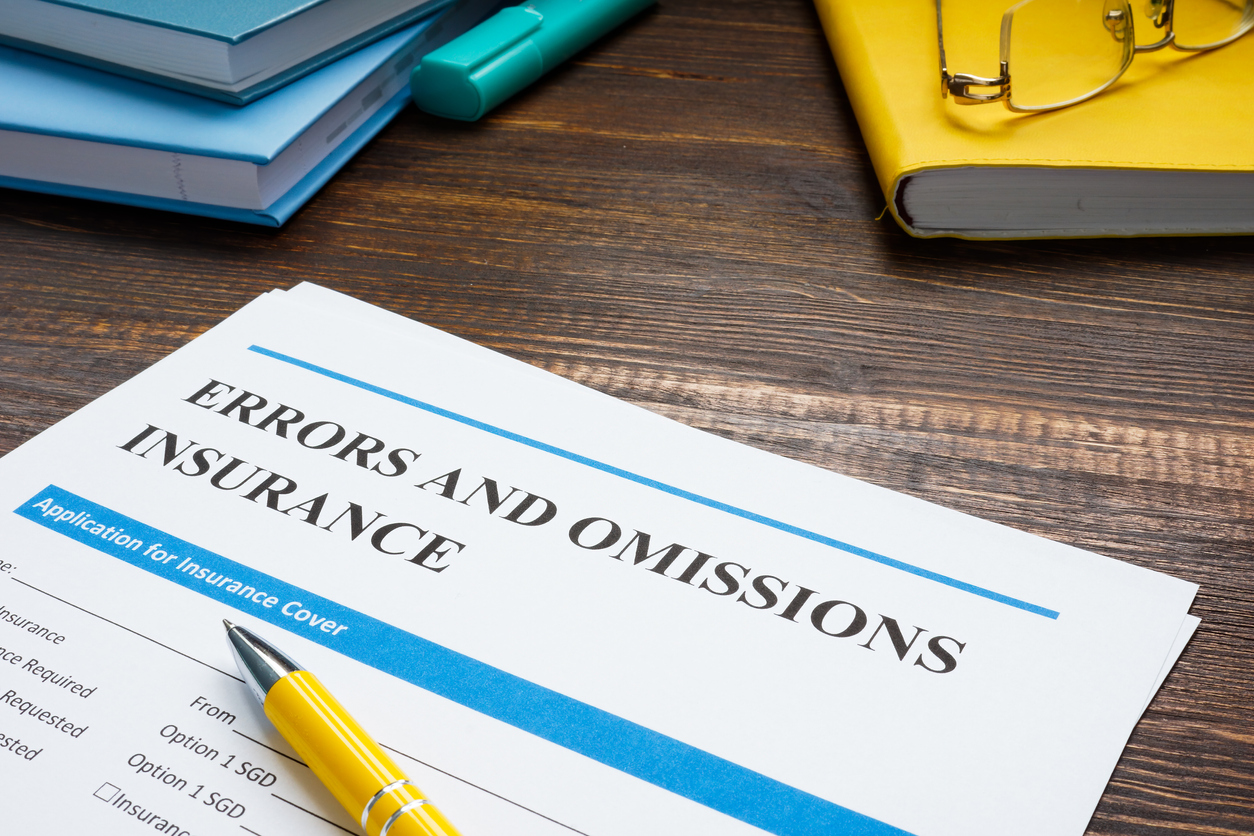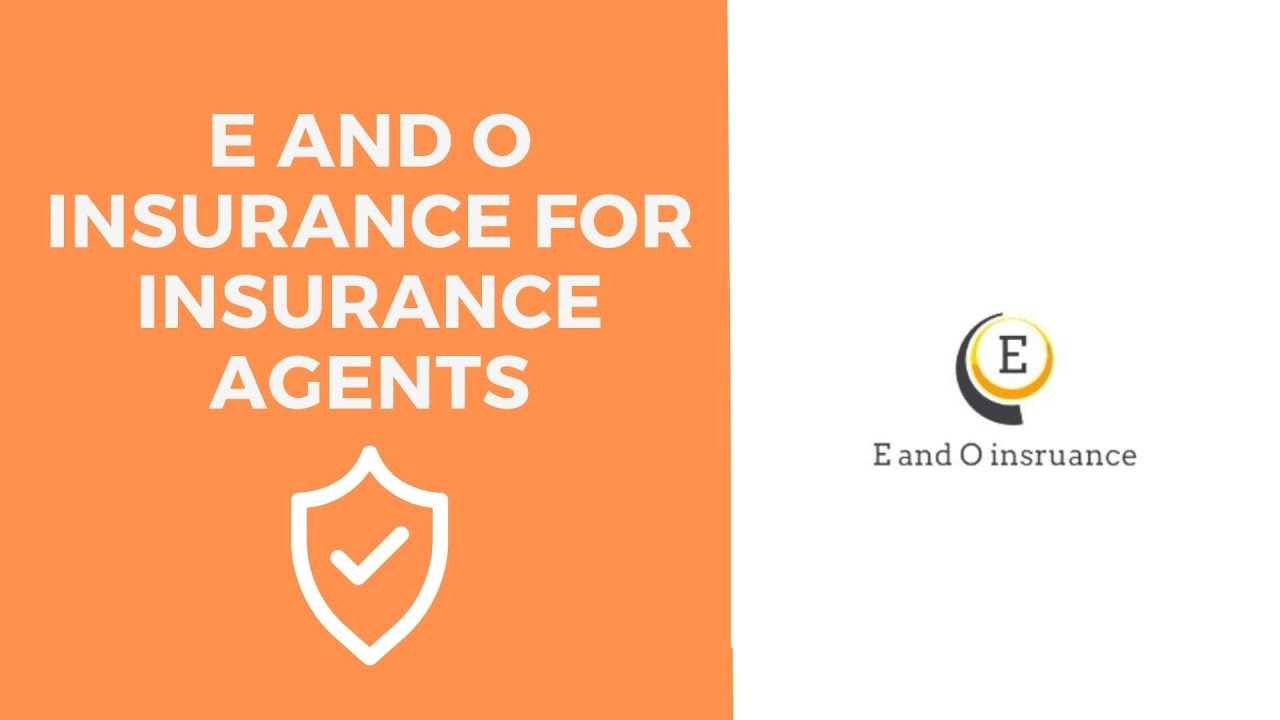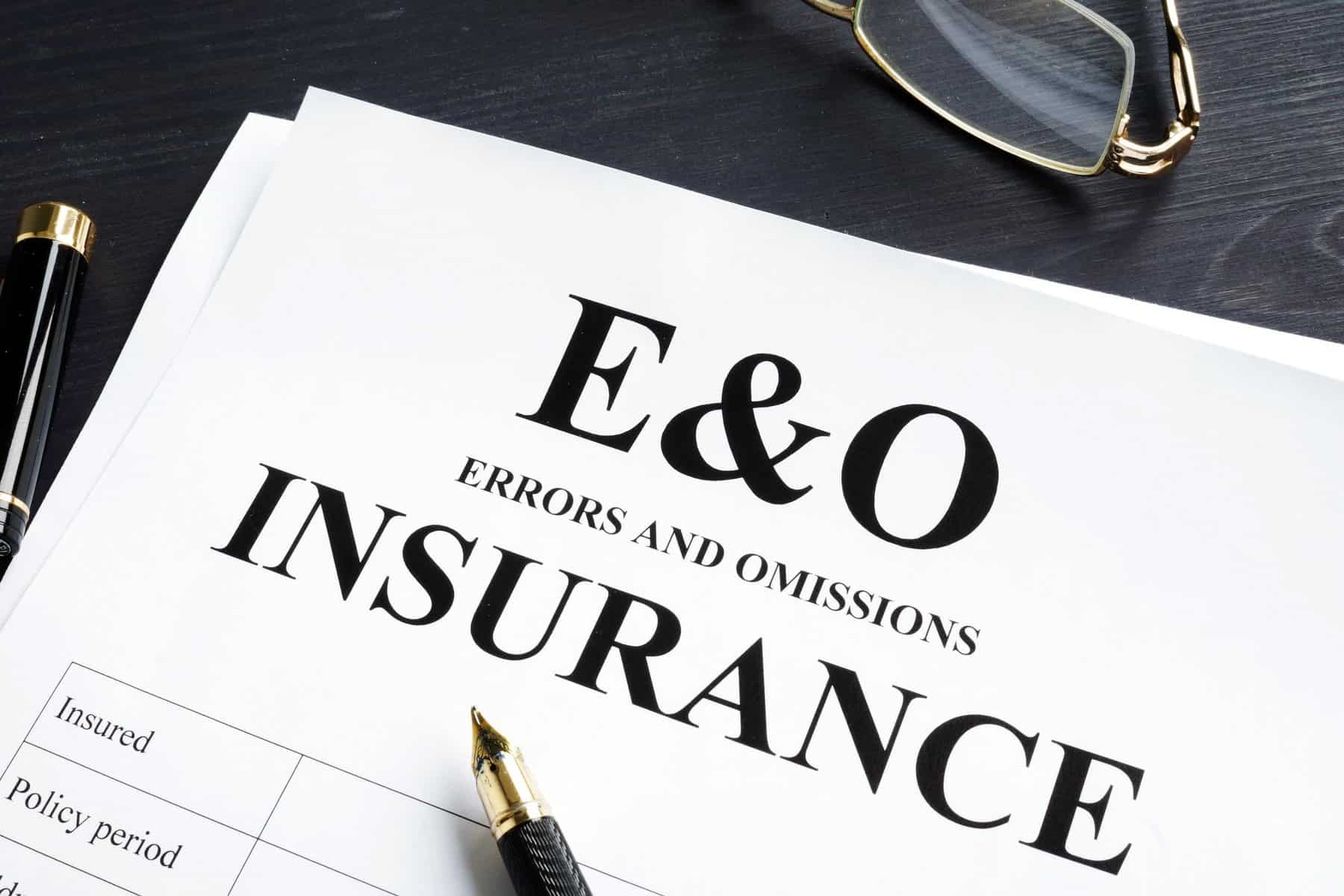Purchase E&O insurance involves understanding its coverage, selecting the right policy, and managing costs effectively. Let’s delve into the crucial aspects of this essential insurance for businesses.
Exploring the steps to purchase E&O insurance and factors influencing costs can help businesses make informed decisions.
Understanding E&O Insurance

Errors and omissions (E&O) insurance is a type of professional liability insurance that provides coverage for businesses and individuals in case they are sued for failing to perform their professional duties or for making mistakes in their work.
Importance of E&O Insurance for Businesses, Purchase e&o insurance
E&O insurance is crucial for businesses as it helps protect them from financial losses resulting from claims of negligence, errors, or omissions in the services they provide. Without this coverage, businesses could face significant legal costs and potential damages that could threaten their operations.
Common Scenarios where E&O Insurance can be Beneficial
- Professional Services: E&O insurance is particularly important for professionals such as lawyers, accountants, consultants, and real estate agents who provide advice or services to clients.
- Contract Disputes: If a client claims that a business did not fulfill the terms of a contract or made errors in the execution of services, E&O insurance can help cover legal expenses.
- Product Liability: In cases where a product or service provided by a business causes harm or financial loss to a client, E&O insurance can provide protection against lawsuits.
- Data Breaches: With the increasing risk of cyber threats and data breaches, E&O insurance can help businesses mitigate the financial impact of lawsuits related to data security issues.
Purchasing E&O Insurance: Purchase E&o Insurance

When it comes to purchasing Errors and Omissions (E&O) insurance, there are several important steps to consider. This type of insurance provides coverage for professional negligence or failure to perform services as promised.
Comparing E&O Insurance Providers
- Research different E&O insurance providers to compare coverage options and costs.
- Look for providers that specialize in your industry to ensure they understand the specific risks you face.
- Consider the reputation and financial stability of the insurance company before making a decision.
Selecting the Right Policy
- Evaluate your business needs to determine the level of coverage required for your industry.
- Consider any specific risks or exposures that are unique to your business when selecting a policy.
- Review the policy terms and conditions carefully to ensure they align with your business practices and potential liabilities.
- Consult with an insurance agent or broker to help you navigate the complexities of E&O insurance and find the right policy for your specific needs.
Cost Factors
When it comes to purchasing Errors and Omissions (E&O) insurance, the cost can vary based on several factors. Understanding what influences the cost of E&O insurance can help businesses make informed decisions about their coverage. Let’s explore some key factors that impact the cost of E&O insurance.
Size and Type of Business Impact
- The size of your business: Larger businesses with more employees and higher revenue may face higher E&O insurance premiums due to the increased risk exposure.
- Type of business: The industry in which your business operates can also affect E&O insurance costs. High-risk industries, such as finance or healthcare, may have higher premiums compared to lower-risk industries.
- Claim history: A business with a history of E&O claims may face higher premiums as insurers consider the past claims as an indicator of future risk.
Claims Process
When it comes to filing a claim with E&O insurance, the process typically involves notifying your insurance company as soon as a claim arises. It is crucial to provide all relevant details and documentation to support your claim.
Documentation Required
- Proof of the error or omission
- Details of the parties involved
- Contracts or agreements related to the claim
- Communication records
- Any other relevant evidence
Assessment and Settlement
- Upon receiving the claim, E&O insurance companies will conduct an investigation to assess the validity of the claim.
- They may request additional information or conduct interviews with involved parties.
- Once the assessment is complete, the insurance company will determine the settlement amount based on the policy coverage and the damages incurred.
- The settlement may involve financial compensation to the affected party or coverage for legal expenses incurred during the claim process.
Final Wrap-Up

In conclusion, purchasing E&O insurance is a vital step for businesses to protect themselves from potential liabilities. By understanding the coverage, costs, and claims process, companies can safeguard their operations effectively.
FAQ Explained
What factors influence the cost of E&O insurance?
The size and type of business, coverage limits, claims history, and industry risks can impact the cost of E&O insurance.
How can businesses manage and reduce E&O insurance costs?
Implementing risk management strategies, maintaining a clean claims history, and comparing quotes from different providers can help reduce E&O insurance costs.
